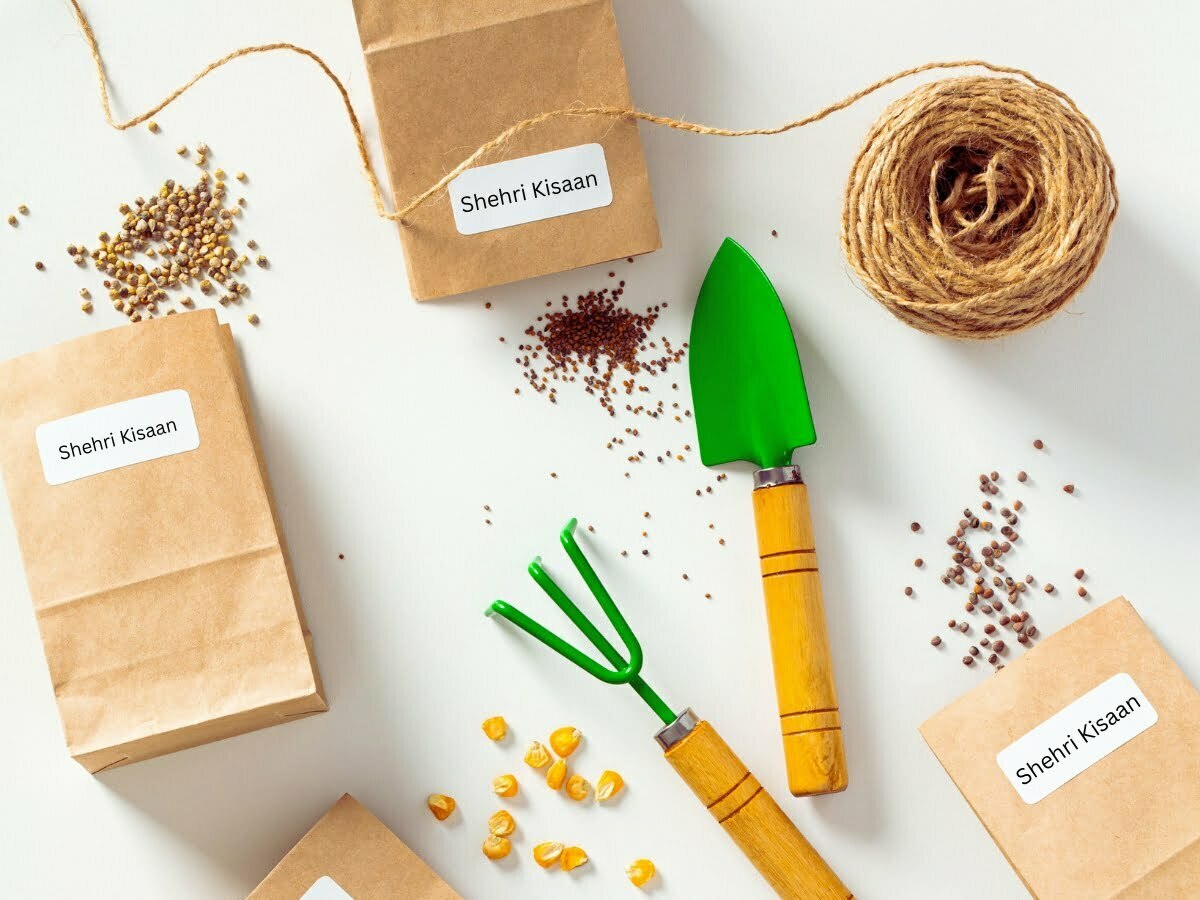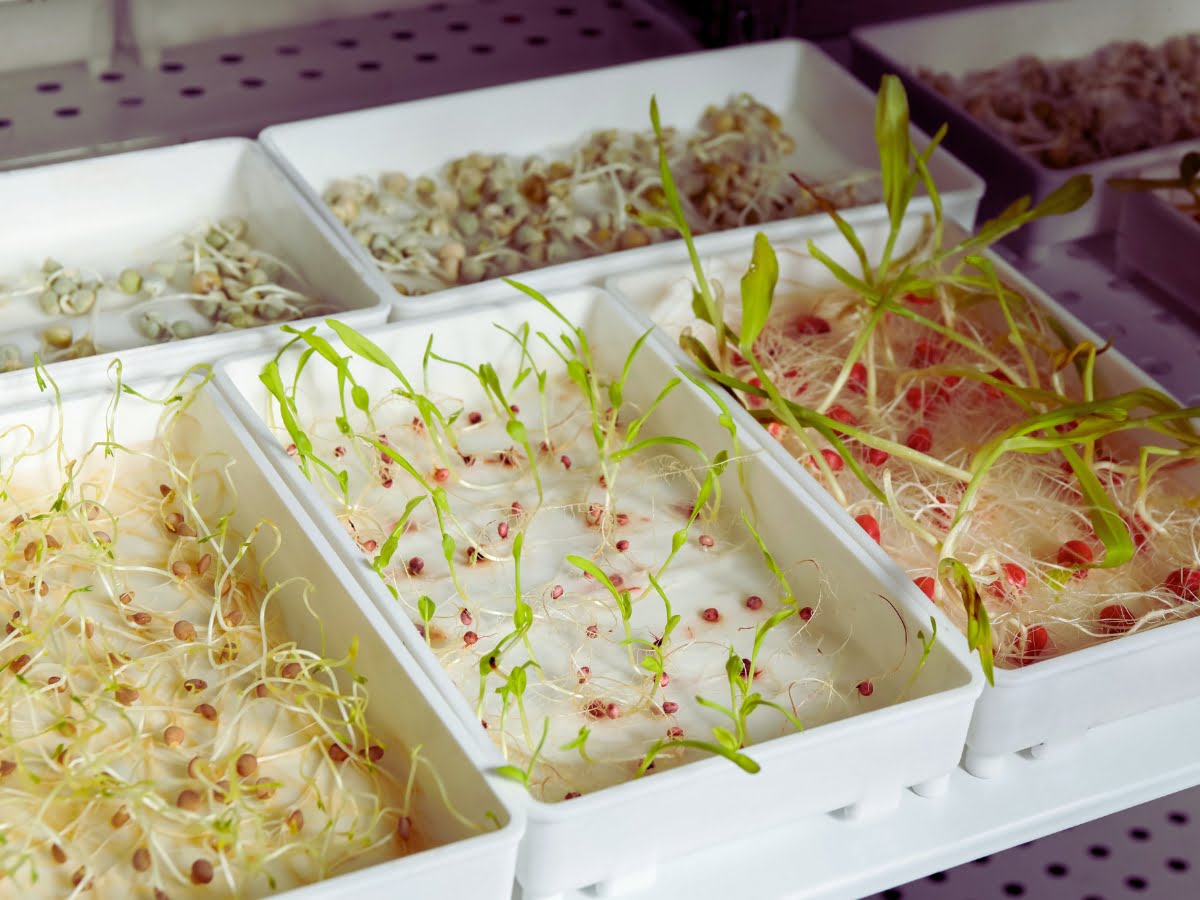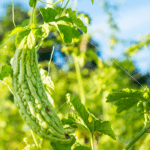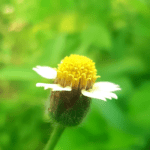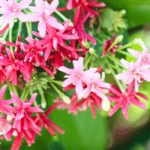Seeds That Last: Essential Tools and Techniques for Prolonged Storage Durability
Are you looking to optimize your agricultural productivity and ensure food security of your home or kitchen garden? The answer lies in the humble seed. Seeds are the fundamental input in agriculture and gardening, playing a crucial role in crop production. Unfortunately, a significant portion of the world’s food production goes to waste due to poor storage conditions, resulting in reduced productivity and threats to food security.
In this comprehensive guide, we will explore the factors that affect seed viability and longevity during storage in the context of Indian conditions. By understanding these factors and implementing effective storage strategies, we can safeguard the seed’s quality and unlock its full potential for a sustainable future. Let’s discover the key insights to maximize the longevity of seeds in storage.

Importance of Seed Viability and Longevity in Storage
Seeds serve as the first link in the food chain and are the ultimate symbol of food security. As agriculturalists, farmers or home gardeners, it is imperative that we prioritize the maintenance of seed viability and longevity during storage.
Why is this so crucial? Well, when seeds are stored under optimal conditions, they retain their vitality, ensuring high germination rates and robust crop growth. On the other hand, poor storage conditions can lead to a decline in seed quality, reducing germination rates, and compromising crop productivity.
By focusing on seed storage, we lay a strong foundation for agricultural success and contribute to feeding the rising population in India.
Threats to Agricultural Productivity and Food Security
Before we delve into the factors affecting seed storage, let’s understand the risks associated with poor storage conditions. Inadequate storage practices can result in the following challenges:
- Decreased Germination Rates: Improper storage can lead to reduced seed viability, resulting in lower germination rates. This, in turn, hampers crop establishment and diminishes overall agricultural productivity.
- Loss of Genetic Diversity: Seeds carry the genetic makeup of plants. If not stored properly, genetic material can degrade over time, leading to a loss of valuable plant traits and reducing the diversity of our crop varieties.
- Susceptibility to Pests and Diseases: Insects, mites, and storage fungi find their way into poorly stored seeds, causing damage and spreading diseases. This not only affects the seed quality but also poses a threat to subsequent crops.
- Declining Crop Yields: When seeds are compromised in storage, it directly affects crop performance. Lower-quality seeds lead to reduced yields, ultimately impacting the overall agricultural output and exacerbating food scarcity.
Now that we understand the significance of seed storage let’s explore the internal and external factors that influence seed viability and longevity.
Internal Factors Affecting Seed Storage
1. Genetic Makeup of Seeds
The genetic composition of seeds plays a significant role in their storage life. Different seeds exhibit varying levels of longevity based on their genetic makeup. Seeds can be classified into three types based on their lifespan:
Micro-biotic Seeds
Micro-biotic seeds are short-lived, typically lasting up to three years.
Meso-biotic Seeds
Meso-biotic seeds have a moderate lifespan, ranging from 3 to 15 years.
Macro-biotic Seeds
Macro-biotic seeds are long-lived, with a storage potential of 15 to 100 years or even more.
Understanding the genetic characteristics of the seeds you are working with helps determine their expected storage life and enables appropriate storage management.
2. Initial Quality of Seeds
The initial quality of seeds is a critical factor influencing their longevity in storage. High-quality seeds, with a higher initial viability, tend to withstand unfavorable storage conditions better than seeds with lower viability. It is important to ensure that the seeds selected for storage are of superior quality, as mechanically injured seeds lose their viability and vigor more quickly.
3. Impact of Provenance on Seed Storability
The provenance, or origin, of seeds can influence their storability. Seeds collected from different geographical regions or climatic conditions may have inherent characteristics that affect their longevity during storage.
It is essential to consider the provenance of seeds and understand the specific requirements for their optimal storage.
4. Moisture Content of Seeds
Moisture content is a crucial factor that significantly impacts seed viability and longevity. Seeds with high moisture content are prone to microbial growth, mold, and other forms of damage.
To ensure prolonged storage life, it is vital to reduce the moisture content of seeds to an appropriate level before storage. Proper drying techniques and the use of desiccants can help achieve the desired moisture levels.
External Factors Influencing Seed Viability
3.1 The Role of Temperature in Seed Storage
Temperature is one of the most critical external factors affecting seed viability during storage. Seeds are sensitive to temperature fluctuations, and exposure to extreme temperatures can accelerate their deterioration. It is crucial to store seeds in a cool, dry environment with a stable temperature to maximize their longevity. The ideal storage temperature for most seeds ranges from 5°C to 10°C.
3.2 Relative Humidity and its Effect on Seed Storability
Relative humidity (RH) directly influences the moisture content of seeds during storage. High humidity levels can lead to increased moisture uptake by seeds, causing a decline in their viability. On the other hand, excessively low humidity levels can result in desiccation and loss of seed vigor. Maintaining an optimal RH level between 35% and 50% helps preserve seed quality and prolong storage life.
3.3 Gas Composition and its Impact on Seed Longevity
The composition of gases surrounding stored seeds can affect their viability. Oxygen (O2) levels, in particular, play a crucial role. High oxygen levels can accelerate seed aging, while low oxygen levels can induce anaerobic respiration, negatively impacting seed quality. The recommended oxygen level for seed storage is around 5%, achieved through proper packaging and sealing techniques.
3.4 Cracked and Broken Kernels: Implications for Seed Quality
Seeds with cracked or broken kernels are more susceptible to moisture uptake, insect infestation, and fungal growth. It is crucial to remove damaged seeds before storage to prevent their negative impact on the overall seed lot. Regular seed cleaning and sorting processes help eliminate such damaged seeds, ensuring optimal storage conditions.
3.5 Insects, Mites, and Storage Fungi: Challenges and Solutions
Insects, mites, and storage fungi are common pests that can damage stored seeds. Insect infestation not only affects the seed quality but can also lead to the transmission of diseases. Fungal infections, on the other hand, can cause seed decay and loss of viability. Implementing preventive measures such as proper sanitation, fumigation, and the use of appropriate pesticides can help control these pests and safeguard seed quality.
Strategies for Prolonged Seed Storage
Now that we have explored the internal and external factors influencing seed storage, let’s discuss strategies for prolonging seed viability and maintaining high-quality seeds.
Controlling Internal and External Factors
To ensure prolonged seed storage, it is crucial to control both internal and external factors that affect seed quality. This includes selecting high-quality seeds, optimizing moisture content, and maintaining proper storage temperature, humidity, and gas composition. Regular monitoring and evaluation of these factors contribute to maximizing seed longevity.
Best Practices for Maintaining Seed Viability
Adhering to best practices in seed storage is essential for preserving seed viability. Here are some key practices to consider:
- Proper Packaging: Choose appropriate seed storage containers that provide protection against moisture, pests, and physical damage. Use materials such as moisture-proof bags, sealed containers, or hermetically sealed packaging for optimal results.
- Seed Cleaning and Sorting: Thoroughly clean and sort seeds to remove debris, damaged seeds, and contaminants before storage. This helps prevent the spread of diseases and maintains the overall quality of the seed lot.
- Regular Monitoring: Monitor stored seeds regularly to assess their viability and identify any signs of deterioration. Conduct germination tests and seed health checks periodically to ensure early detection of any issues.

- Seed Treatment: Consider seed treatments such as fungicide or insecticide application to protect seeds from storage pathogens and pests. Follow recommended guidelines and ensure safe and effective seed treatment practices.
- Proper Record-Keeping: Maintain detailed records of seed storage conditions, including temperature, humidity, gas composition, and storage duration. This information helps in evaluating storage effectiveness and aids future decision-making.
Case Studies and Examples
To better understand the practical implementation of effective seed storage practices, let’s explore some success stories from different regions of India. These case studies highlight the positive outcomes achieved by farmers and agricultural organizations through the adoption of appropriate seed storage techniques. By analyzing these examples, we can learn valuable insights and replicate their success in our own agricultural endeavors.
Success Stories of Effective Seed Storage Practices
Success Story 1: In the bustling city of Pune, Maharashtra, Mr. Rajesh Patel, a progressive farmer, implemented advanced seed storage techniques to ensure optimal crop production. By utilizing a combination of moisture-proof packaging, controlled temperature storage, and regular monitoring, Mr. Patel successfully preserved the viability of his seeds. As a result, his farm experienced a remarkable increase in yields, with a 20% improvement in overall productivity. This success story serves as an inspiration to farmers across India, showcasing the positive impact of effective seed storage practices.
Success Story 2: In the agricultural heartland of Punjab, Mr. Harpreet Singh pioneered a unique approach to seed storage. Recognizing the importance of temperature control, he constructed underground storage chambers using traditional techniques combined with modern insulation materials. This innovative method provided a naturally cool environment, protecting the seeds from extreme temperature fluctuations. As a result, Mr. Singh achieved a significant reduction in seed spoilage and witnessed a 30% increase in crop yield. His success story demonstrates the transformative power of customized seed storage solutions.
Success Story 3: In the lush green fields of Andhra Pradesh, a community-driven initiative led by the Andhra Farmers Association established seed vaults to combat storage challenges. By creating secure, climate-controlled storage facilities, equipped with advanced ventilation systems and pest management protocols, the farmers ensured long-term seed viability. This collaborative effort resulted in a remarkable decrease in seed losses, increased access to high-quality seeds, and improved overall agricultural sustainability. The success of this project has inspired other regions to adopt similar community-centric seed storage solutions.
These success stories from Pune, Punjab, and Andhra Pradesh highlight the diverse approaches and the positive outcomes achieved through effective seed storage practices. By adapting these methods to suit their specific agricultural contexts, farmers across India can enhance seed viability, ensure bountiful harvests, and contribute to a more sustainable future.
Conclusion
The viability and longevity of seeds in storage are critical for sustainable agriculture and food security in India. By understanding the internal and external factors influencing seed storage and implementing effective strategies, we can ensure optimal crop production and mitigate the risks associated with poor storage practices. Remember, the key lies in selecting high-quality seeds, controlling moisture content, maintaining suitable temperature and humidity levels, and addressing challenges such as pests and diseases. Through continuous monitoring, regular evaluation, and learning from successful case studies, we can unlock the secrets to prolonged seed storage and secure a prosperous future for Indian agriculture.
Key Takeaways for Ensuring Optimal Crop Production
- Proper seed storage is essential for maintaining seed viability and maximizing agricultural productivity.
- Internal factors such as genetic makeup, initial seed quality, provenance, and moisture content significantly impact seed storability.
- External factors including temperature, relative humidity, gas composition, presence of cracked kernels, and pests/fungi influence seed longevity.
- Controlling internal and external factors through best practices, such as proper packaging, seed cleaning and sorting, regular monitoring, seed treatment, and record-keeping, ensures prolonged seed storage.
- Case studies and success stories provide valuable insights into effective seed storage practices that can be replicated for sustainable agriculture.
- By prioritizing seed viability and longevity in storage, we contribute to the overall food security and agricultural sustainability in India.


